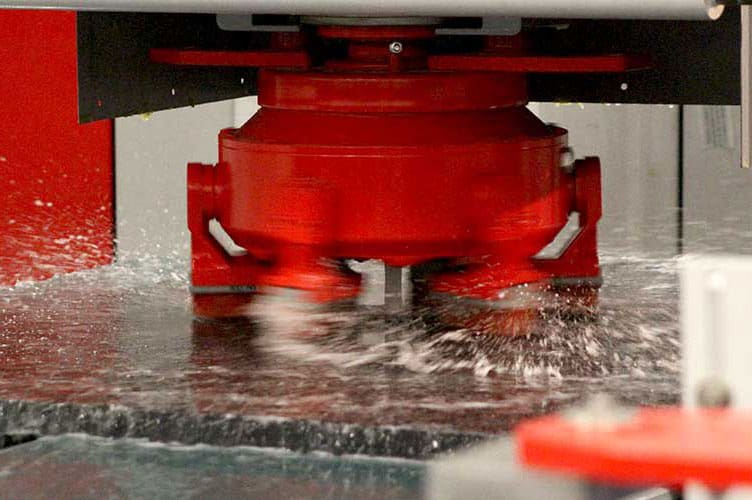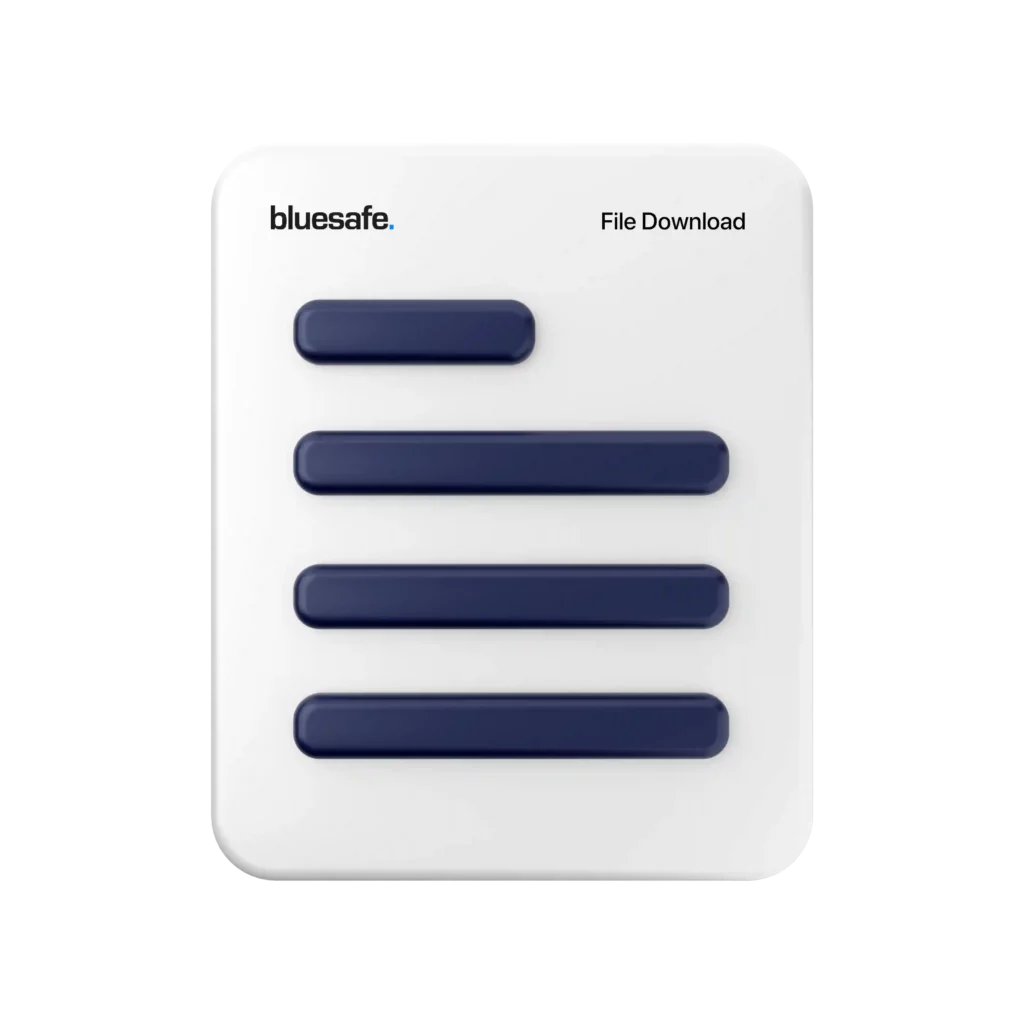Gary’s Safety Tips 
Hey everyone, it’s your safety guy Gary here to talk about SWMS in South Australia. SWMS, or Safe Work Method Statements, are an essential part of any workplace’s safety procedures. They outline the potential hazards and risks associated with a specific job or task and provide guidance on how to safely perform the work.
If you’re in South Australia and need to create a SWMS, don’t worry, I’ve got you covered. Here’s my step-by-step guide to creating a SWMS that meets all the necessary requirements:
Step 1: Identify the Job or Task
The first step in creating a SWMS is to identify the job or task that needs to be performed. This can include anything from construction work to cleaning tasks. Once you’ve identified the job or task, you need to make sure you understand all the hazards and risks associated with it.
Step 2: Identify the Hazards and Risks
The next step is to identify all the hazards and risks associated with the job or task. This can include things like working at heights, working with machinery or chemicals, or working in confined spaces. Make sure you consider all the potential hazards and risks associated with the job or task, and think about how they can be eliminated or minimised.
Step 3: Determine the Controls
Once you’ve identified the hazards and risks associated with the job or task, the next step is to determine the controls that need to be put in place to eliminate or minimise those risks. This can include things like wearing protective gear, providing training and supervision, and using safety equipment.
Step 4: Develop the SWMS
Now that you’ve identified the job or task, the hazards and risks associated with it, and the controls that need to be put in place, it’s time to develop the SWMS. The SWMS should outline all the necessary information, including the job or task description, the hazards and risks associated with it, the controls that will be put in place, and any additional information such as emergency procedures or first aid requirements.
Step 5: Review and Approve the SWMS
Once the SWMS has been developed, it needs to be reviewed and approved by all relevant parties, including the workers who will be performing the job or task, any supervisors or managers, and any other relevant stakeholders. Make sure everyone understands the SWMS and their responsibilities under it.
Step 6: Implement and Monitor the SWMS
The final step is to implement and monitor the SWMS. This means making sure all workers are following the procedures outlined in the SWMS, and regularly reviewing and updating the SWMS as necessary. It’s also important to monitor the effectiveness of the controls and make any necessary adjustments to ensure the job or task is being performed safely.
In South Australia, there are some additional requirements you need to keep in mind when developing a SWMS. These include:
- The SWMS must be in writing and readily accessible to all workers
- The SWMS must be reviewed and updated as necessary, including whenever there are any changes to the job or task, the hazards or risks associated with it, or the controls that need to be put in place
- The SWMS must be communicated to all workers before they start the job or task
- The SWMS must be kept for at least two years after the job or task has been completed
Remember, creating a SWMS is an important part of any workplace’s safety procedures. By following these steps, you can create a comprehensive SWMS that meets all the necessary requirements in South Australia. So go ahead and get started, and keep your workers safe!
Cheers,

![]()






